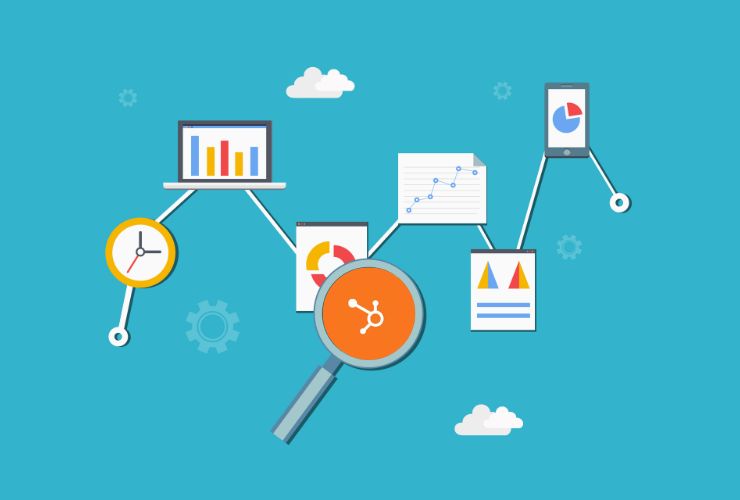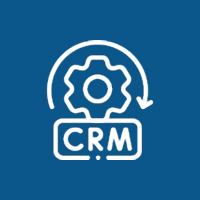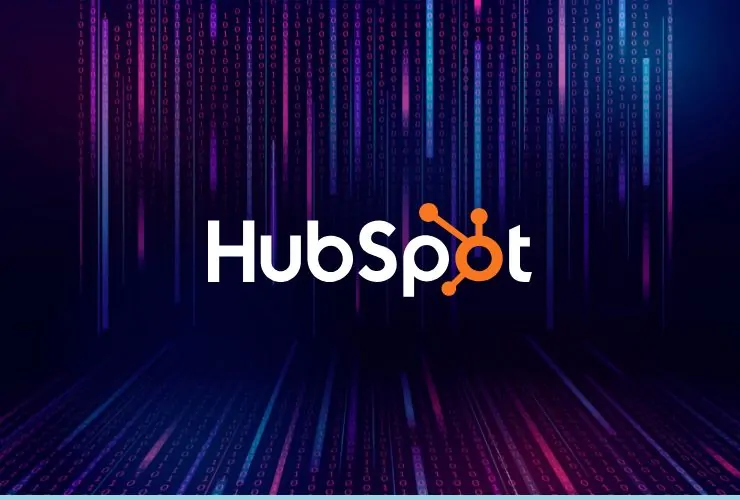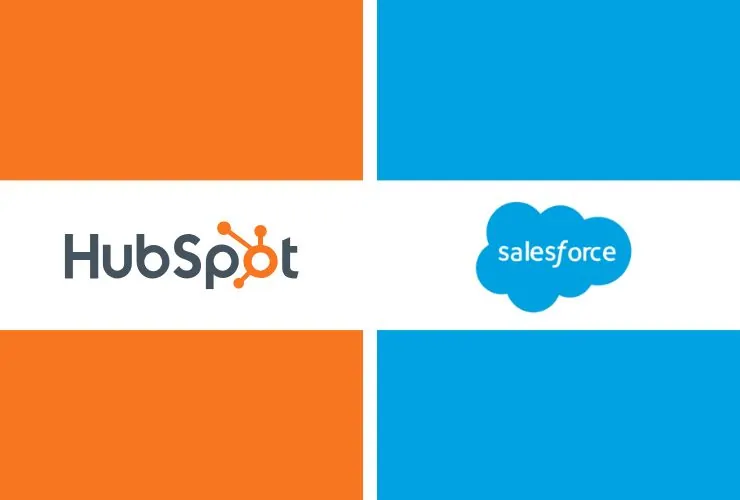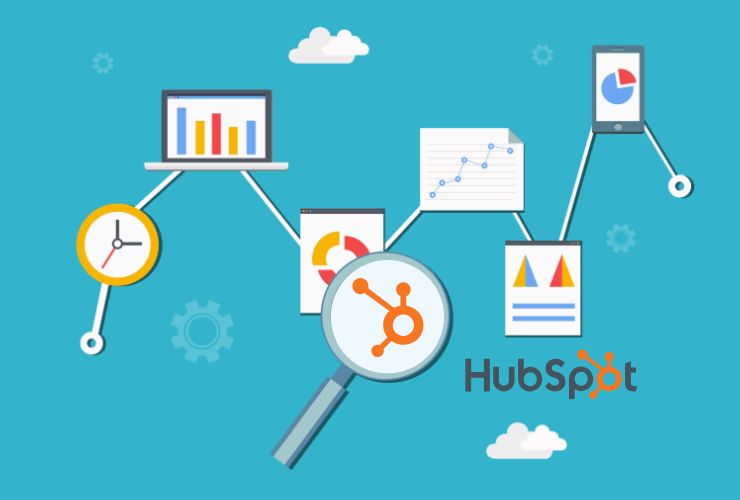In digital marketing, integration-friendly tools that grow with your company are a must. Among the most versatile platforms natively built to support an inbound marketing, sales enablement, and customer service platform is HubSpot. Offering a comprehensive set of features, marketing teams are able to automate processes, nurture leads better, and turn opportunities into repeat business.
Whether you are a solo marketer or a marketer working in a large company, knowing and utilizing HubSpot’s essential features has the potential to boost your marketing efficiency incredibly. The following are the top 10 HubSpot features each marketer should adopt in order to be more intelligent.
1. Marketing Automation Workflows
Marketing automation in HubSpot is likely its most victorious feature. Here, you can create sophisticated workflows that trigger on a user’s precise action—like form submissions, email clicks, or page visits. These workflows empower lead nurturing at scale by sending automated emails, sending internal team notifications, and updating CRM properties.
Use-case: Create a lead nurturing series that educates new subscribers throughout time, automatically qualifying the level of interest and forwarding qualified leads to sales.
2. Smart Email Marketing Tools
HubSpot email marketing tools are smarter than basic campaigns. Dynamic personalization, conditional content, and behavioral segmentation allow marketers to communicate the right message at the right time.
The editor-in-chief drag-and-drop makes creating responsive, branded emails easy. And native analytics show open rates, click rates, heat maps, and conversions—so you can always improve campaign performance.
3. Lead Scoring
Not all leads are created equal. Lead scoring in HubSpot enables you to assign numeric values to different user actions (e.g., downloading a whitepaper or looking at a pricing page) to identify high-intent leads.
Advanced marketers are even able to create custom-scoring models based on demographics, lifecycle phase, and behavior to refine the sales qualification process.
4. CRM Integration
HubSpot’s CRM is natively within its marketing software, not requiring third-party integrations. It allows marketing and sales teams to collaborate in complete transparency.
Every email, call, meeting, and note is logged in the contact record, providing a complete history of interactions. This makes it easier to have more personalized communications and conversion.
5. Landing Pages
First impressions count, and HubSpot’s landing page builder ensures they’re great. Design with templates or build your own using the drag-and-drop editor. All pages are mobile-friendly and paired with forms and calls-to-action.
A/B testing enables you to try different headlines, images, or layouts to see what performs best. Add dynamic content for even better results.
6. Social Media Management
Instead of toggling between tools, leverage HubSpot’s social capabilities to post, schedule messages, monitor mentions, and measure performance—all under one dashboard.
Pre-cache content ahead of time, monitor keywords and interactions in real-time, and map social engagement to campaign goals and ROI metrics.
7. SEO Recommendations Tool
HubSpot’s SEO features aren’t just keyword suggestion—contextual suggestions according to your site’s content and performance. It identifies things like missing meta tags, thin content, and broken links.
With pillar and cluster strategies incorporated, marketers are able to develop and organize content on high-intent topics seamlessly, enhancing organic search visibility in the long run.
8. Content Strategy & Pillar Pages
Today’s SEO is not all about keyword stuffing, but topic authority as well. HubSpot’s content strategy tool helps you create a structure of a content plan with pillar pages and supporting blog posts.
This internal linking architecture improves user experience as well as search ranking. It will also facilitate easier understanding of your site’s structure and topical relevance by Google.
9. Live Chat and Chatbots
Live support is a competitive differentiator. HubSpot’s live chat functionality connects visitors to your team in real time, with chatbots handling common questions or qualifying leads when reps are unavailable.
Route by page, time of day, or user behavior—so chats are fast and relevant to convert and retain.
10. Powerful Analytics Dashboard
What’s going and what’s not? HubSpot’s analytics dashboard gives you detailed insights into traffic sources, content performance, email open rates, form fills, and return on investment for targeted initiatives.
You’re able to build customized reports and view the complete customer experience—from initial touchpoint to closed-won opportunity. These are insights essential to data-driven marketing.
Bonus: HubSpot App Marketplace
Where the underlying platform is robust, HubSpot’s web of integrations simply pushes its powers one step further. Whether we’re integrating Shopify, Zoom, Slack, or Salesforce, the App Marketplace allows you to tailor HubSpot to your very own particular requirements.
Conclusion
HubSpot does so much more than a typical marketing tool—it’s a full-on growth platform. With its robust capabilities like marketing automation, CRM integration, smart content, and data-driven analytics, marketers can craft tailored, scalable campaigns that convert and retain customers.
Whether you’re coming up or refining your marketing toolkit, mastering these HubSpot tools is essential to fueling measurable business growth. As customer expectations evolve, so must your toolkit—and HubSpot is ready to lead the way.

